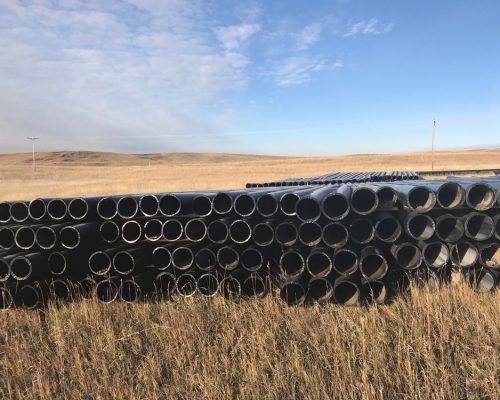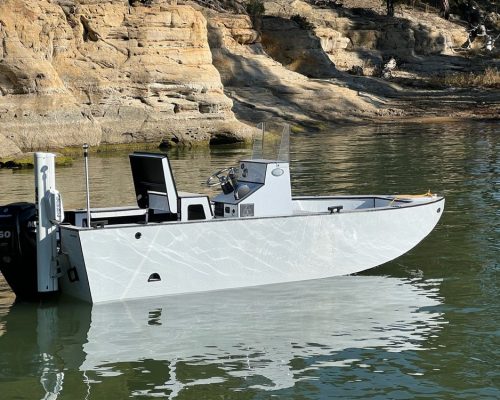Is HDPE Recyclable?
HDPE is a polymer material, that has a designation of rubber code 2 and is 100% recyclable. This material is widely used for its durability, strength, chemical resistance and, for ease of processing.
HDPE is processed by the following steps:
- Collection of material
- Sorting by color and type
- Purification which is done using
- Grinding and then melting into granules
These granules are then used to create new HDPE products, such as milk jugs, detergent bottles, plastic pipes, plastic boats, barges and other applications. Because of its affordability and high utility HDPE is becoming a fast growing material engineers of all kinds are going to to use for various applications.
This secondary HDPE market is also developing rapidly due to the demand for recyclable and environmentally friendly materials. This makes HDPE a popular material for improving environmental sustainability.







